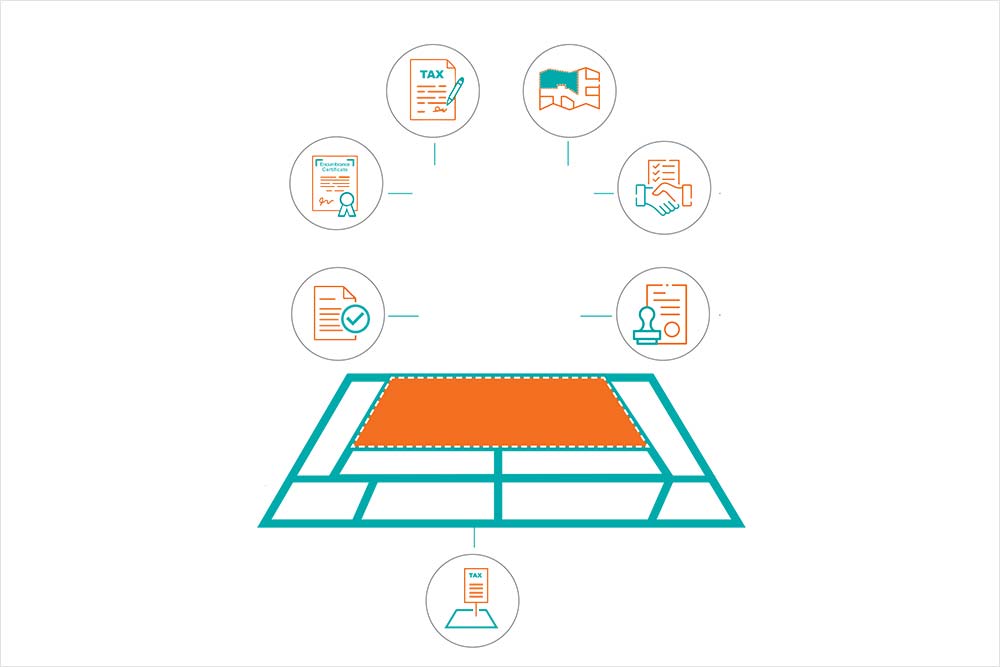Buying a plot of land is a complicated process and varies across states. But the overall process is the same, and typically starts with verifying the legal ownership of the land, preparing the sale deed, paying the sale value and getting the land registered at the sub-registrar’s office after the purchase.
To ensure there are no complications in ownership, the buyer should scrutinise the title deed, parent deed and other supporting documents. Here’s how to go about it.
Title Deed: This will verify the ownership details of the land. Use the services of a lawyer to verify the title deed, including the property’s location, area, boundaries, survey number, and registration details.
Parent Deed: This document describes how the seller originally got the property from the previous seller. You need to check for any discrepancies between details in the title and the parent deed to avoid any future complications.
Supporting Documents: These could include the Will, legal heir certificate and death certificate of the previous owner.
1 Obtain Latest Land Tax Receipt And Record of Rights (RoR): In states where vacant land is taxed, check if the seller has been paying land tax regularly. One can check online for the RoR with the revenue department.
2 Obtain Encumbrance Certificate (EC) From Sub-Registrar’s Office: The EC confirms the property’s free title and reveals if the land has been mortgaged to any lender, whether there are any legal dues, such as land tax pending against it, or if the land is on lease. If the EC shows a mortgage against the land, ask the seller to produce a release certificate from the bank before considering a purchase.
3 Additional Verifications and Documents: These could include a possession and non-attachment certificate from the local revenue administration. If you are buying the land on a bank loan, ask for a location sketch or a location certificate from the local revenue administration.
4 Check The Rules Of Land Zoning: Different states have varying rules regarding land use and zoning regulations, such as residential, commercial, or agricultural use.
5 Prepare Sale Deed: A sale deed records the transfer of ownership from the seller to the buyer. Hire a lawyer to draft the sale deed and fix an appointment with the sub-registrar under whose jurisdiction the property is situated.
6 Registration And Transfer: The buyer has to visit the sub-registrar’s office with seller and the witnesses need to sign the document and pay the stamp duty fee (3-6 per cent of the plot’s saleable value and registration charges (0.5 per cent of the value of the land).
7 Update Information In Local Records: The buyer should finally get the information updated at the local revenue department records and pay land tax, if required, to complete the buying process.

